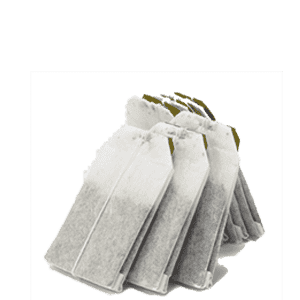Trade and use of Saffron
Welcome to our blog post, today we want to talk about “Trade and use of Saffron” and thanks for stopping by. We use the latest information and aim to teach the art of Saffron. In the end, please leave us a review. We also love your suggestions. Saffron is a family business for us, and we grew up watching and learning everything about it. So, let’s start!
Saffron is an essential seasoning, fragrance, dye, and medicine; in use for over 3000 years. One of the world’s most expensive spices by weight, saffron consists of stigmas plucked from the vegetatively propagated and sterile Crocus sativus, known popularly as the saffron crocus. The resulting dried “threads” are apparent by their bitter taste, hay-like fragrance, and slight metallic notes. On one side, the exact ancient origin is a mystery. The saffron crocus is unknown in the wild; its most likely precursor, Crocus Cartrightianus, originated in Crete or Central Asia; The saffron crocus is native to Southwest Asia and first cultivated in what is now Greece. On the other side, more than 90% of world production is in Iran.

Who is the largest producer, and how much do they produce?
It is a fun fact to know. Iran produces more than 250,000 kilograms of Saffron per year. This amount of pure Saffron requires more than 42 Billion saffron flowers. As a result, saffron cultivation is a massive operation in Iran but mainly focused on the northwest of Iran. Persian Saffron is often labelled as another type of Saffron and sold at a higher price. For example, Spain produces less than 5,000 kilograms and sells more than 100,000 kilograms of Saffron. It is common for traders to purchase Saffron from the source and just relabel it. So make sure you get your Saffron from a reputable brand for a reasonable price.
Why would people use Saffron?
From ancient to modern times, the history of Saffron threads is full of applications in food, drink, and traditional herbal medicine. From Africa and Asia to Europe and the Americas, the brilliant red threads are highly prized in baking, curries, and liquor. It coloured textiles and other items and often helped confer the social standing of political elites and religious adepts. Ancient and medieval peoples believed Saffron could be used to treat a wide range of ailments, from stomach upsets to the plague. Yet, so simple you fall in love with it by looking at it and smelling its scent.

So, is this why Saffron costs so much?
“Saffron, for example, was once less regarded than it is today because the crocus from which it comes was not particularly mysterious. It flourished in European locations extending from Asia Minor, where it originated, to Saffron Walden in England, where it was naturalized. Only subsequently, when its labour-intensive cultivation became largely centred in Kashmir, did it seem sufficiently exotic to qualify as one of the most precious of spices.” Besides, two other contributing factors to premium Negin Saffron price are, firstly its full application and medicinal benefits, secondly, Saffron is labour intensive to produce and harvest.
Saffron crocus cultivation has long centred on a broad belt of Eurasia bounded by the Mediterranean Sea in the southwest to India and China in the northeast. The significant producers of antiquity—Iran, Spain, India, and Greece—continue to dominate world trade. Iran produces more than 90% of world demand.
The cultivation of the Saffron trade in the Americas was initially by members of the Schwenkfelder Church in Pennsylvania. In recent decades cultivation has spread to New Zealand, Tasmania, and California. Iran has accounted for around 90–93 per cent of current annual world production and thereby dominates the export market on a by-quantity basis. I hope you have a better idea about Saffron now. Thanks for reading. Please leave us a review.

 Herbal Tea Bags
Herbal Tea Bags Premium Dried Fruit
Premium Dried Fruit